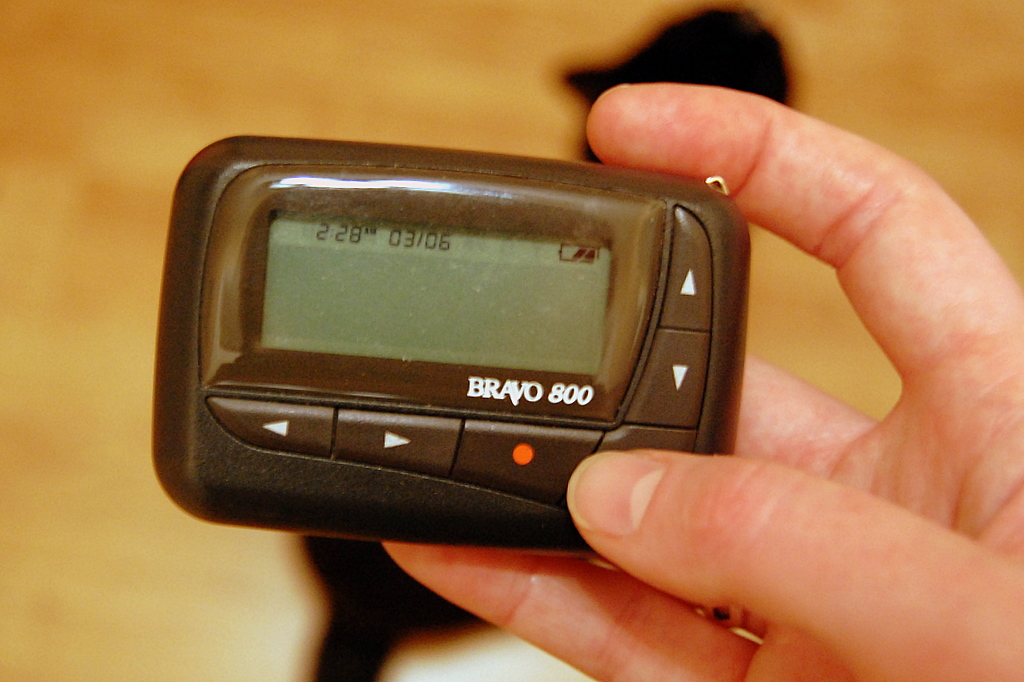When I received my surgery clinical site assignment for third year, my eyes widened with fear and hesitation. For part of the rotation, I would have to experience trauma surgery: the one surgical specialty that was not on my to-do list. I began to question my competency as well as resilience to handle call days. I was already thinking of the worst.
On the first day, I met the lead student on the trauma team. Shifts began at 4 a.m., and since the hospital was an hour away, that meant I actually had to wake up at 2:30 a.m. She gave a tour of the trauma area, showed us the student room and explained everything the students were in charge of: patient lists, wound care, round notes, responding to trauma overhead announcements and call days. Apprehensively, I chose my first call day date and hoped for the best.
Later that week, I reached the hospital again carrying my overnight bag. As I walked to the staff entrance, it was eerily quiet. Only the dark sky and puddles of water accompanied me. Once in the student room, I grabbed the on-call phone and accompanying pager, sat down and began working on the patient list. The team met at 6 a.m. for the morning sign-outs. Afterwards, the previous on-call student was relieved, leaving me as the sole student until the following morning. It was alarming to think that if someone on the team needed help with a task, I would be the student to call.
The team then embarked on morning rounds. Going from patient room to patient room, I assisted in any wound care needed or ran to get the necessary supplies. Later, I returned to the student room and continued to update the patient list until the evening. Time passed and no trauma calls were heard. The door opened and the overnight physician assistant (PA) walked in the room. “We have an incision and drainage (I & D) surgery in a half hour if you want to attend,” he stated.
“Okay, I’ll be there.” A half hour passed by before I heard the first trauma announcement overhead. The pager buzzed at the same time and somewhat startled me. I grabbed the on-call phone, pager and shears and quickly walked to the emergency department (ED). Gowning a lead vest, I entered the trauma bay to find the PA already there. He gave a nod of recognition, and I felt an ounce of relief. Relief that I arrived on time and before the patient.
The other members of the trauma team followed, and we waited until the patient arrived. Emergency medical technicians (EMTs) appeared through the door and brought the patient in on a stretcher. He was involved in a motorcycle crash. Just like clockwork, the team assessed vital signs, airway, breathing, circulation (ABCs) and evidence of bodily injuries and gained peripheral intravenous access all within a few minutes.
“Sir, can you tell me your name? “Do you know what happened to you?” I asked. He became belligerent and demanded to be unrestrained. A decision was made to sedate him in order to better assess the degree of injuries. Little did I know, I would be suturing his eyebrow later that night in the ICU.
After the patient was appropriately cared for, I followed the trauma surgeon to the operating room (OR) for the I & D. Shortly into the surgery, his phone rang. Another trauma patient was arriving. This one sustained two gunshot wounds, and he would need an emergent exploratory laparotomy. The surgeon rapidly finished the I & D surgery, ripped his sterile gown off and ran to the trauma OR.
By the time I got to the other OR, the patient was already on the table. He was extremely nauseous and bleeding internally. Again, there was a packed room. Someone whispered to me that I should scrub in, and I knew I shouldn’t question that order.
One entry wound was found in the patient’s left arm, and the second was observed on the left chest. However, once the abdomen was opened, we found that the second bullet pierced the diaphragm and stomach, traveled through the small bowel in multiple places and stopped in the pelvis. The patient required immense work including multiple bowel resections. The warmth of the OR overtook me at one point, and I had to step out to drink some water. Even in the trauma bay, the rooms are kept warm for these types of unstable patients. The saying of blood, sweat and tears was coming to fruition in front of my eyes. Yet, it was remarkable to be a part of saving this patient’s life even if it was helping to retract and suction excess blood or fumes from the cauterizer.
Needless to say, my first on-call day was nothing I would have expected it to be. Certainly, it was a day of experiencing many firsts. That morning I arrived not having set any expectations for myself, but I left feeling fulfilled and encouraged. After two years of primarily being in a classroom, I had been brought into the real world of medicine, and it was enormously enlightening. I was slowly becoming familiar with some aspects of my role as a future physician such as becoming comfortable in the unexpected and at times, being placed into situations when immediate action was needed. This was a sign of many call days to come, and it was not so frightening as I had originally thought it would be.
Image credit: “155/365 – Pager of doom” (CC BY-NC-ND 2.0) by hddod

